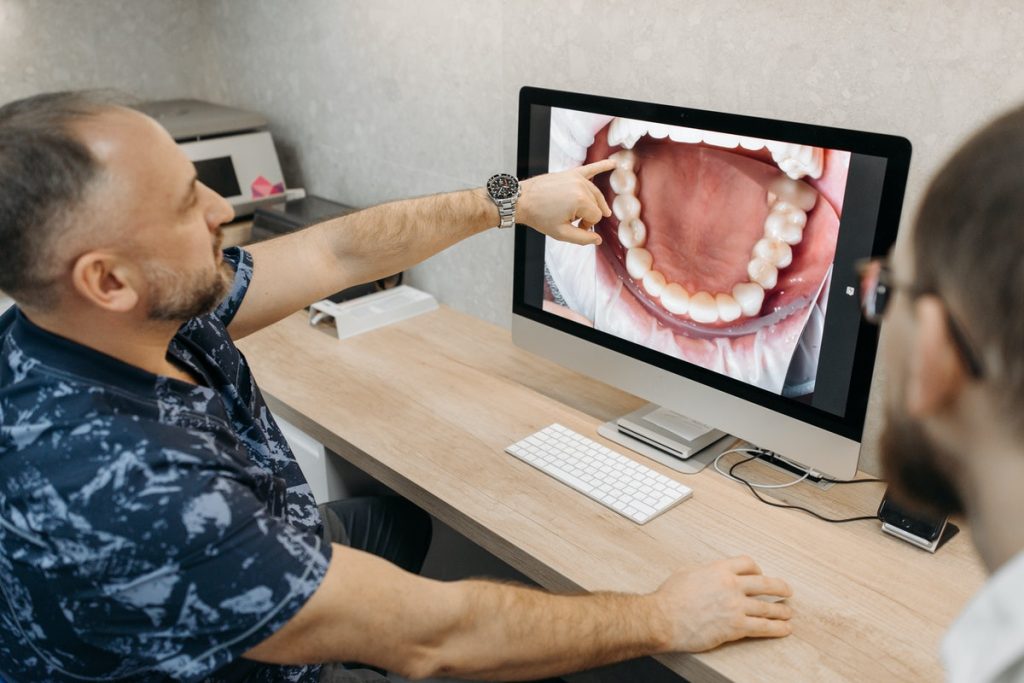Many dental patients who have recently suffered from an oral infection are eager to ensure that this kind of occurrence never happens again. Because, frankly, it is exceedingly uncomfortable.
So, if you have recently suffered from a dental infection, you may be less than eager to undertake one of the most popular and beneficial treatment options to ensure that another one doesn’t occur, which is a root canal. There are a lot of mistruths surrounding this procedure, which can cause those who would benefit the most from it to dismiss it and prefer to have an otherwise healthy tooth extracted.
To help you decide the best course of action to overcome a dental infection, a dentist Wagga provides a brief breakdown of what a root canal is and why it would be needed.
What is a root canal?
A root canal is an endodontic procedure, which essentially translates as below the gum. It is in many ways similar to a very deep filling which, rather than dealing with surface decay, drills down to the root of the tooth and any infected tissue or debris is carefully removed using dental brushes. Once the tooth is clean, your dental team will then fill it with a rubbery substance known as gutta-percha and will then top it with a filling or crown. It is used to prevent dental infections from spreading, worsening, recurring or occurring at all if the tooth has been split.
Why would you need one?
As mentioned before, you would likely need a root canal if you have a dental infection or have recently suffered from one. The filling of the tooth and the removal of the infected material prevents the infection from coming back and causing discomfort and disruption to the surrounding bone and tissue.
The fitting

The fitting was briefly highlighted earlier but your dental team will first need to take X-rays of your jaw and tooth to ensure that a root canal is the best course of treatment for you.
A root canal can only be performed on a tooth that is otherwise healthy and if there is extensive decay, you will likely need to have an extraction instead. However, the area will be numbed before a root canal is performed and the procedure can take 1 to 2 hours. If it is being performed on a molar tooth, which may have more roots, then it may be spread over 2 or more sessions. The process itself is not uncomfortable and it certainly will not turn any of your teeth black.
Aftercare
After you have had a root canal fitted, the tooth and the surrounding area may likely feel sensitive for a few days and many patients have stated that it is discomfort similar to bruising. This should fade and if it doesn’t, feel free to contact your dental team for a follow-up appointment to assess the underlying cause. While root canals are compatible with most dental procedures, if you are looking to have your teeth whitened, you will need to wait at least 2 months after a root canal to have this done.
Lifespan of endodontics
Provided that the tooth itself receives adequate care after the root canal is fitted and that you attend check-up appointments with your dental team every 6 months, then a root canal should easily last the rest of your life without an infection recurring.
Any surgical or invasive procedure carries risks. Before proceeding you should seek a second opinion from an appropriately qualified health practitioner.

